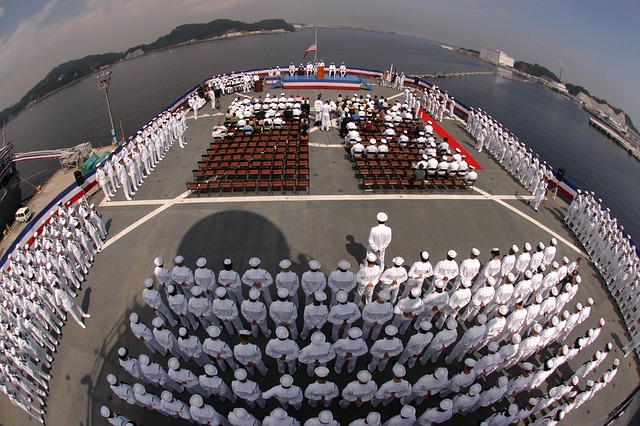The island of New Guinea was a target for Japanese aggression at the start of World War II because it is located directly north of Australia, not because of any inherent importance. The Japanese military had extended over the western Pacific, and on January 23, 1942, early in the morning, troops commanded by Major General Horii touched down on the north side of the island. The attackers encountered little significant resistance from the defenders, in this case, the vastly outnumbered Australian troops, as they did elsewhere. Japanese soldiers chased the Australians as they withdrew inland. The main prize in the region, Rabaul, a significant port on the island of New Britain, was taken by the Japanese at the same time.
The Japanese erected bases in Hollandia, Wewak, Madang, and Lae after quickly taking control of the island's northern half. Their next stop was Port Moresby, which is located on the southern end of the peninsula that makes up the island's eastern portion. It was weakly guarded and would have been easy prey for the attackers, but they never showed there. Early in May, a combined American and Australian naval force encountered a Japanese force sailing around the eastern point of the island. At the time, the combat was unusual since it was the first naval conflict in which ships did not engage one another.
Instead, only carrier-borne aircraft and hostile ships engaged in combat.
The Japanese continued their gains on land, advancing into the Owen Stanley mountain range that serves as the island's spine, despite the naval setback. The Australians were driven back across the range and to a point within a day's march from Port Moresby, but they were unable to advance any further. Australian and American reinforcements gathered along the island's southeast coast, and the Japanese army's lack of supplies suffered under the strain of the battle in the dense forest. When American aircraft arrived and established air superiority, Allied troops could transport supplies into the mountains without having to "hump" them through the incredibly difficult terrain.
On 2 November 1942, the Australians used the Kokoda Trail to battle their way back up the mountains, and they arrived in the village of Kokoda along the ridge line. The Japanese were unable to survive in the jungle on their inadequate supplies, as seen by the enormous number of dead, and the Allied offensive gained momentum as it descended the northern hill. By January 1943, Australian and American forces had taken control of Papua's northern shore, thereby gaining control of the island's eastern half.
The American Navy and Air Force controlled the region through 1943. In March 1943's Battle of the Bismarck Sea, American air power defeated Japanese efforts to send in a sizable number of reinforcements. MacArthur planned to move west along the coast of New Guinea as Rabaul was cut off by American sea power. MacArthur's forces made a number of landings along the coastline using big landing craft, taking towns and airfields that were under Japanese control. They overcame or avoided all four Japanese strongholds, and on the island of Biak, off the northwest coast of New Guinea, they built a bomber base.
However, they were the victims of Japanese atrocities and fighting-related collateral damage. Although the shortage of men in local villages caused some difficulty for those who remained, the island's greater contact with the outside world had some beneficial side effects. As more Europeans arrived on the islands in the first decade of the century, tribal hostility, which was already on the decline, further waned. Many mountain dwellers' life were altered by the discovery of manufactured products, for better or worse. When parachute-borne equipment initially arrived, it seemed like a miracle in some isolated regions, and the emergence of what became known as "cargo cults" continued for a while.

References:
Mayo, Linda, Bloody Buna (Garden City,
NY: Doubleday, 1974); Robinson, Neville,
Villagers at War (Canberra: Australian National
University, 1981); Vader, John, New Guinea: The
Tide Is Stemmed (New York: Ballantine, 1971).
Posted using Proof of Brain

Congratulations @cryptodonator! You have completed the following achievement on the Hive blockchain And have been rewarded with New badge(s)
Your next target is to reach 150 posts.
You can view your badges on your board and compare yourself to others in the Ranking
If you no longer want to receive notifications, reply to this comment with the word
STOPTo support your work, I also upvoted your post!
Check out our last posts:
Support the HiveBuzz project. Vote for our proposal!